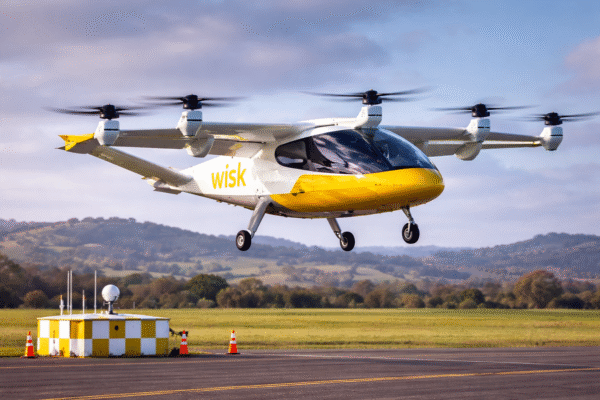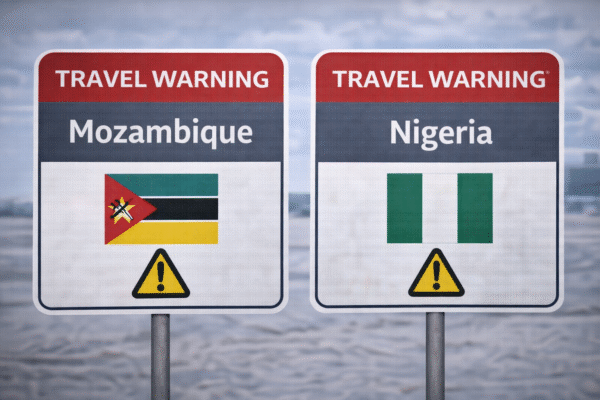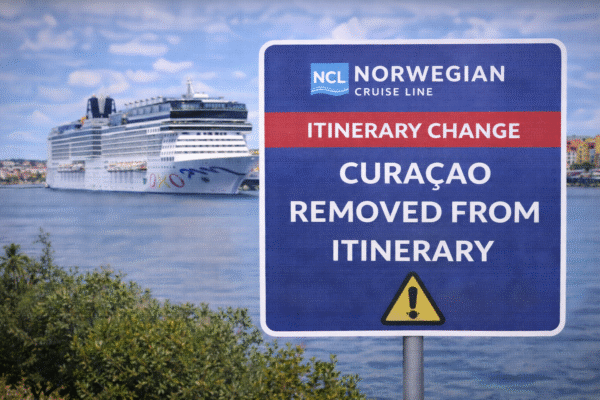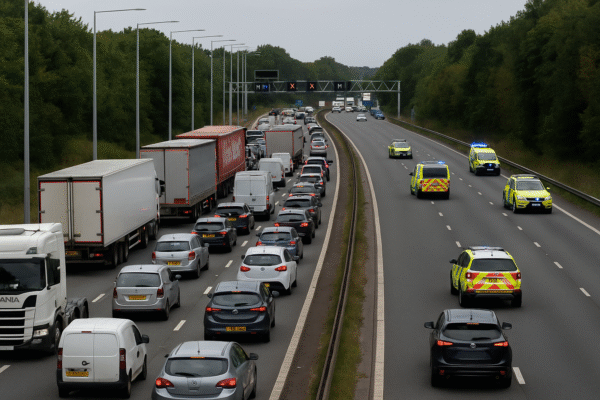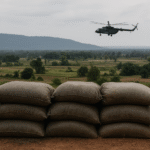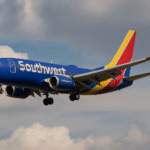Travel chaos erupted on the M11 motorway on July 4 following two separate crashes near Junctions 8 and 9, severely impacting access to London Stansted Airport. The incidents, which occurred during the busy morning rush hour, brought traffic to a standstill in both directions, causing tailbacks that extended for miles and triggering a large-scale emergency response.
Emergency services were deployed swiftly, with Essex Police, East of England Ambulance Service, and National Highways attending the scene to manage the crisis, assist those involved, and begin debris removal. The motorway remained closed for several hours while safety assessments and clean-up operations were underway.
Traffic at a Standstill: Passengers and Commuters Hit Hard
According to National Highways East, southbound traffic stretched for over five miles, while northbound delays extended up to seven miles at the height of the disruption. Commuters heading into London and travelers bound for Stansted faced hours-long delays, with reports of missed flights and interrupted work schedules.
The crash near Junction 8, the main turn-off for Stansted Airport, had an especially severe impact, effectively cutting off one of the UK’s key air travel corridors. Many local roads became choked with diverted traffic as drivers sought alternative routes, only to face similar gridlock due to volume overload.
Residual Delays and Long-Term Disruption
Even after both carriageways were reopened in the late morning, congestion persisted well into the afternoon. Drivers reported that travel times had doubled or tripled, with some remaining stranded in queues for over three hours.
Damage to the motorway surface meant that partial lane restrictions were necessary, and National Highways issued a warning about “very long delays” continuing throughout the day. Road crews worked tirelessly to ensure debris was cleared and road conditions made safe for resumed flow.
Airport Travelers Most Affected
The UK Civil Aviation Authority (CAA) noted that Stansted-bound passengers were among the worst affected. Several incoming flights faced minor delays as airport authorities adjusted terminal operations to accommodate late arrivals. London Stansted Airport issued an official travel alert urging passengers to arrive earlier than usual and to monitor live traffic updates.
With over 28 million passengers annually, Stansted is the third-busiest airport in London. Its heavy reliance on the M11 for passenger access means any disruption has a cascading effect on national and international travel plans.
Road Safety Under Scrutiny
The crashes have reignited debate over the safety standards and infrastructure resilience of the M11, a major artery connecting Cambridge, Harlow, Stansted, and London. Local MPs and transport watchdogs have called for an urgent review of high-risk segments, particularly around junction bottlenecks prone to frequent accidents.
Speaking to the Essex County Council, a local transport official emphasized the need for “enhanced surveillance systems, improved lighting, and dynamic speed enforcement zones around the airport junctions.”
Meanwhile, IAM RoadSmart, the UK’s leading road safety charity, stated that the accident reinforces the need for “continued investment in smart motorway technology, real-time hazard warnings, and better driver education on high-traffic corridors.”
Commuter Sentiment and Public Reaction
Many motorists took to social media to express frustration. One commuter posted:
“Left home with a two-hour buffer for my 10:30 flight, missed it entirely because the M11 was a car park. No alerts, no easy detours.”
Others criticized the lack of sufficient live updates during the unfolding situation. While National Highways East did post incident reports via X (formerly Twitter), many travelers only discovered the extent of the disruption upon encountering halted traffic.
Government Response and Planned Improvements
According to the Department for Transport (DfT), the M11 is already slated for minor upgrades under the Road Investment Strategy 3 (RIS3), scheduled between 2025 and 2030. However, critics argue these plans are insufficient to meet the current demands of the corridor, especially with continued growth in aviation passenger volumes and residential expansion in Essex.
Calls are growing for the DfT to expedite planned road-widening projects and implement additional emergency refuge areas, particularly in segments close to major infrastructure such as airports and logistics hubs.
Preparing for the Future: Lessons from the Gridlock
The M11 incident serves as a stark reminder of the fragility of transport networks when key arteries are blocked. For critical travel routes like those serving London’s airport network, a single morning’s disruption can spiral into nationwide logistics delays, airline schedule setbacks, and widespread commuter disarray.
Experts recommend travelers use real-time traffic apps, stay updated with National Highways travel alerts, and consider alternate travel arrangements when airport-bound during peak times.
In the longer term, enhanced coordination between local councils, highway authorities, and airport transport services will be essential to safeguarding this vital travel corridor from future breakdowns.
Conclusion: A Wake-Up Call for the UK’s Road Network
While emergency responders acted swiftly to manage the M11 crash scene, the ripple effect on Stansted-bound travelers and commuters across Essex underscores the urgent need for infrastructure improvement. As traffic volumes rise and airport access becomes even more essential, ensuring safer, more resilient roadways like the M11 will be key to preventing future chaos and protecting the UK’s transport lifelines.
For more travel news like this, keep reading Global Travel Wire



